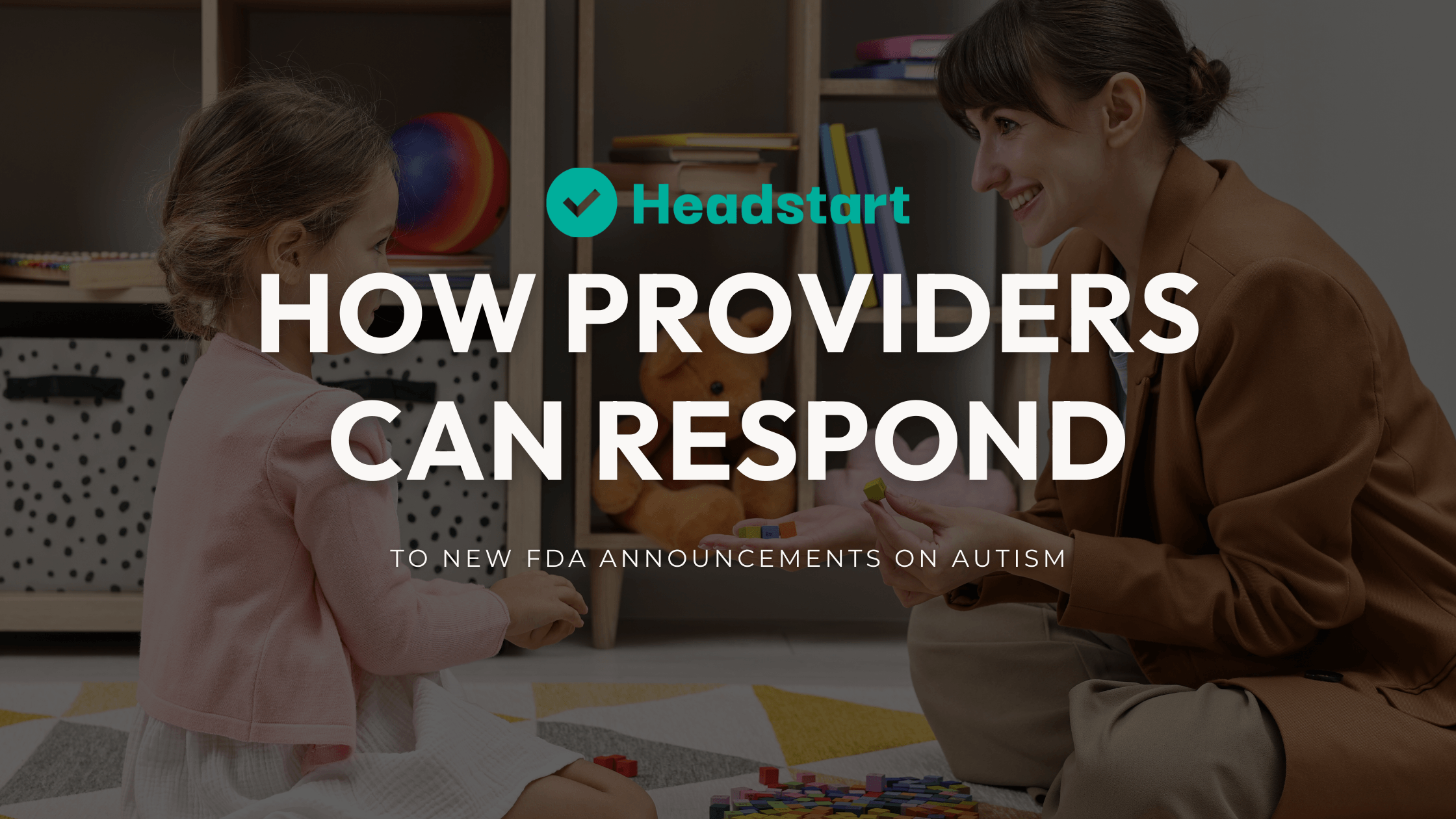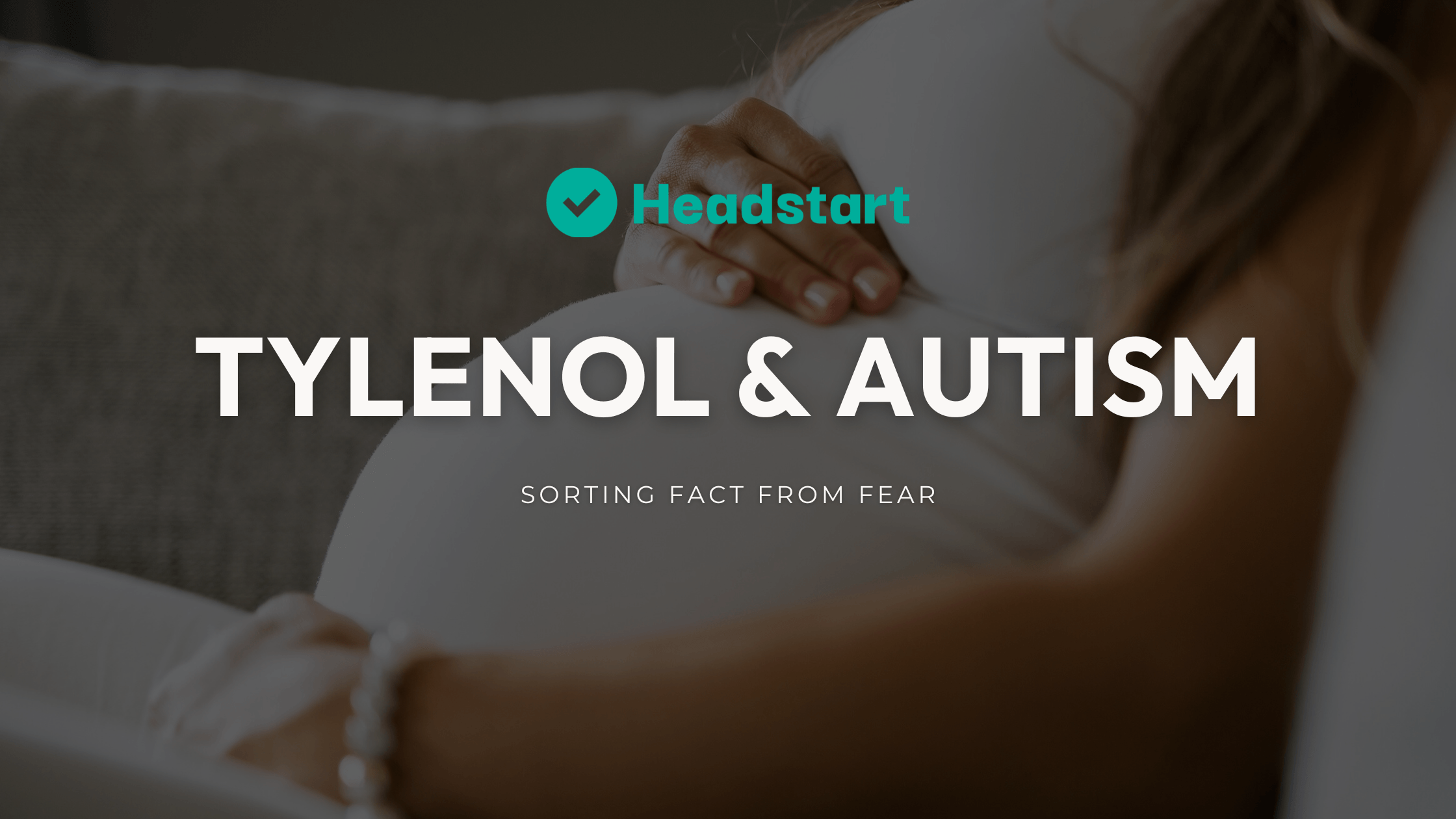Surviving the Holidays: Navigating Halloween for Children with Autism

Halloween can be a fun, candy-filled adventure — but for many families of children with autism, it’s not all treats. The lights, costumes, unfamiliar faces, and unpredictable noises can make the night feel overwhelming. And that’s okay.
At Headstart Health, our providers know that every child experiences the world differently. Understanding your child’s triggers, emotional responses, and sensory needs can make all the difference in turning Halloween from stressful to successful.
Here’s how to make the holiday less spooky — and more supportive.
Why Halloween Can Be Hard for Kids with Autism
Halloween is loaded with new sensory and social experiences — and each of those can bring unique challenges:
Costumes can feel itchy, tight, or unfamiliar, triggering sensory discomfort.
Crowds and noise can overwhelm children who are sensitive to sound or movement.
Social interactions like greeting strangers or taking turns can feel confusing or unpredictable.
Unexpected changes — from altered routines to surprise jump-scares — can disrupt a child’s sense of control.
These moments can trigger anxiety, overstimulation, or emotional dysregulation. The good news? With the right strategies (and support from skilled providers), families can navigate them with more ease.
1. Rehearse the Routine
Predictability builds confidence.
A few days before Halloween, walk through the evening step-by-step. Let your child practice putting on their costume, knocking on doors, and saying “trick or treat.”
Turn it into a playful family activity — let siblings or parents act as the “neighbors.” Hearing familiar voices and practicing responses like “Hi there!” or “Cool costume!” helps your child build comfort with what they’ll experience that night.
2. Choose Comfort Over Creativity
When it comes to costumes, comfort is key. Avoid scratchy fabrics, masks, or layers that may cause irritation. Let your child pick something that feels familiar — a favorite character shirt, soft pajamas, or even decorating their own hoodie can be just as fun.
Our providers often remind families: the best costume is the one your child will actually wear.
3. Read and Prepare
Reading about Halloween helps frontload expectations without the sensory overload. Picture books or visual “social stories” can help your child understand what’s coming — costumes, decorations, and how trick-or-treating works.
Try reading one story each night leading up to Halloween and talk about what they might see, hear, and feel.
4. Make a Visual Schedule
Visual schedules are one of our favorite tools at Headstart Health. They help children with autism process transitions and understand what’s next — especially during high-energy events like Halloween.
Create a simple plan that shows when you’ll leave, how long you’ll trick-or-treat, and when it’s time to come home and enjoy candy. Check in frequently and let your child know what’s coming next to reduce uncertainty.
5. Simplify Communication
If your child uses minimal or no verbal language, prepare a “Trick-or-Treat” card they can hand out at each door. This simple accommodation removes pressure to speak and allows your child to participate without added anxiety.
Our providers often use this same strategy for community outings — reducing verbal demands helps kids stay regulated and engaged. Grab our free Trick-or-Treat Card Download [here]
Emotional Regulation: What to Watch For
Even with preparation, overstimulation can still happen. Watch for early signs of dysregulation — such as covering ears, avoiding eye contact, stimming more frequently, or withdrawing from the group.
If your child becomes overwhelmed:
Step away from the crowd.
Offer a quiet break or calming item (headphones, fidget, or favorite toy).
Validate how they feel (“That was a lot of noise — let’s take a break together.”).
These small moments of regulation support can prevent bigger meltdowns and help your child build confidence for future events.
How Headstart Health Providers Can Help
Our team of BCBAs and behavioral health experts specialize in helping families build structured, supportive routines that work beyond therapy sessions.
Whether you need:
A personalized behavior plan for holiday events
Parent training on identifying triggers and calming strategies
Or help creating visual tools and communication supports
—we’re here to help your child feel confident and included in every season.
Halloween doesn’t have to be perfect to be positive. Some families go out for five minutes. Others stay home and pass out candy. What matters most is creating an experience that feels safe, joyful, and empowering for your child.
At Headstart Health, we believe that small moments of preparation lead to big wins in confidence, connection, and independence — on Halloween and beyond.
👉 Don’t forget to grab our free Trick-or-Treat Card Download— a simple tool that helps reduce demands and make Halloween more accessible for all.


